 Day 1, CONEXPO 2020
Day 1, CONEXPO 2020
Electrification is a hot topic at CONEXPO 2020
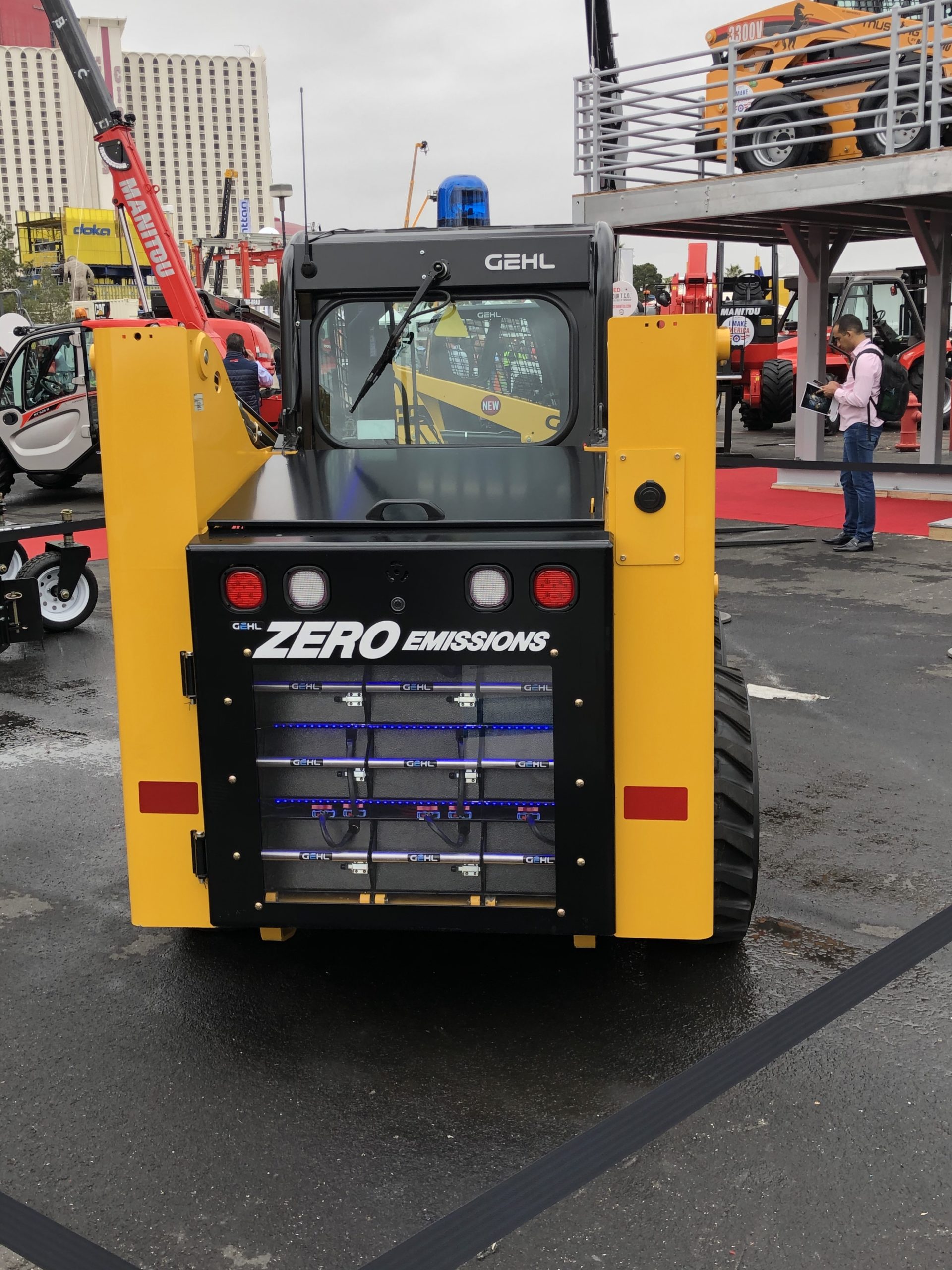

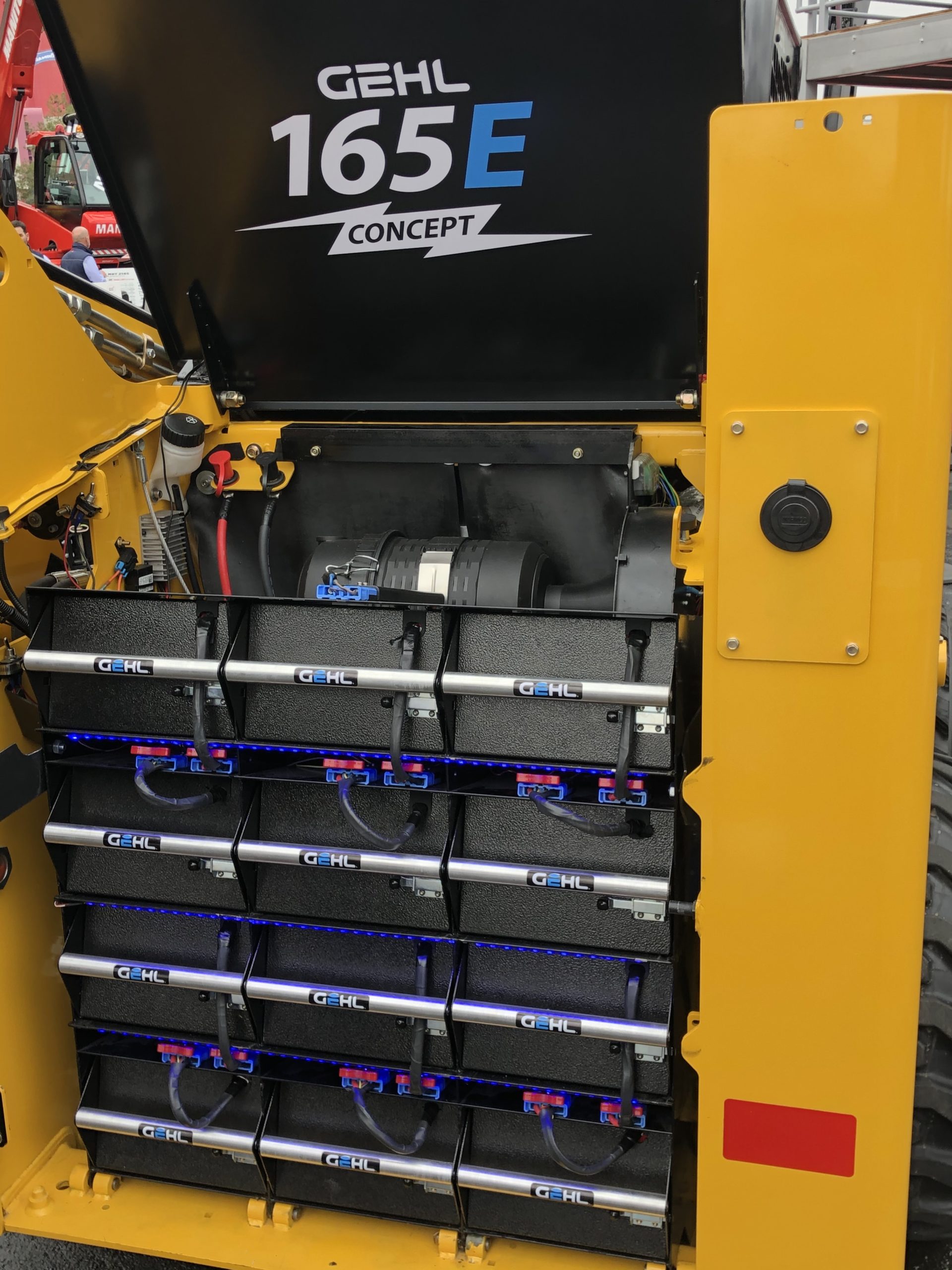
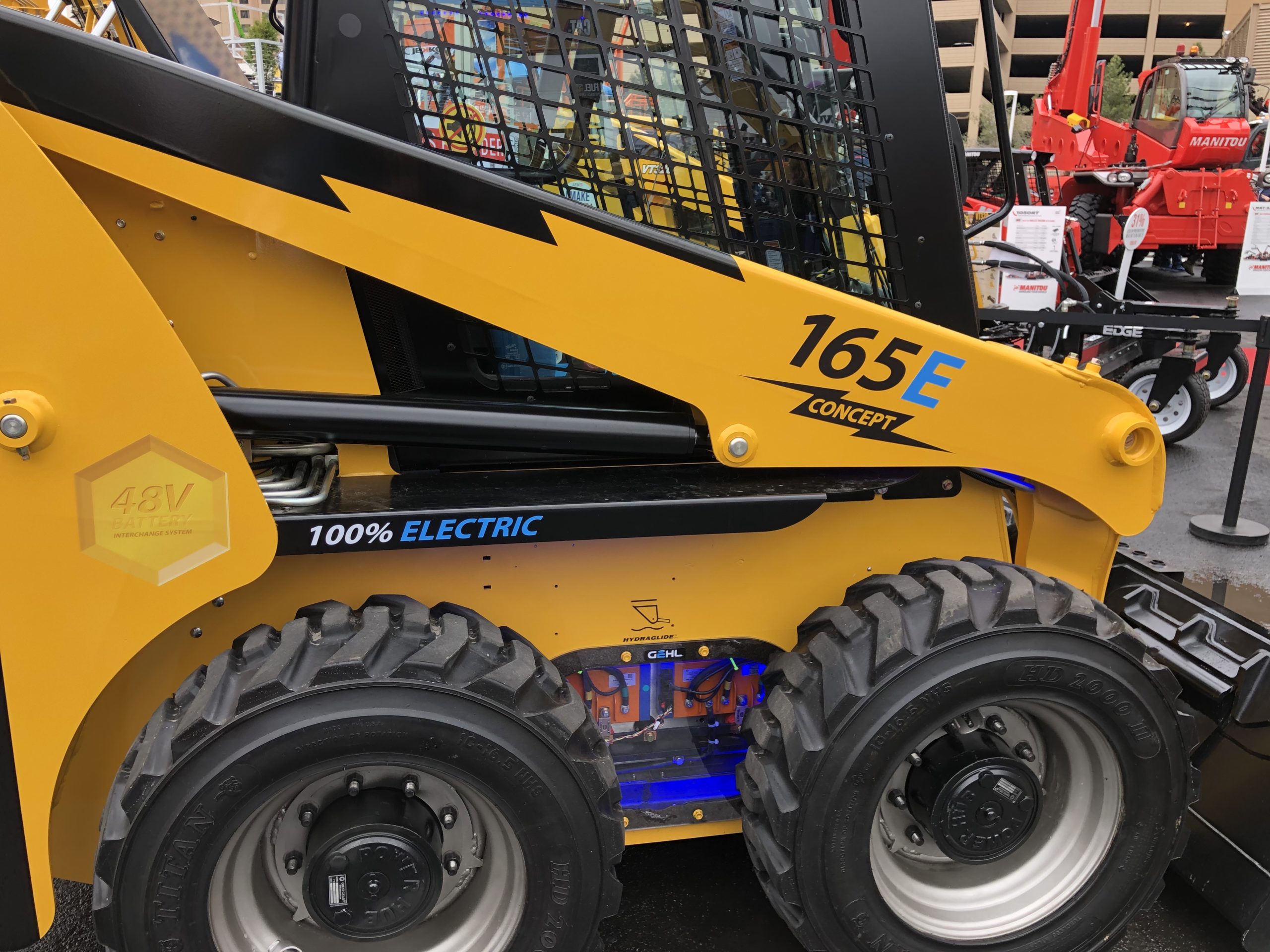
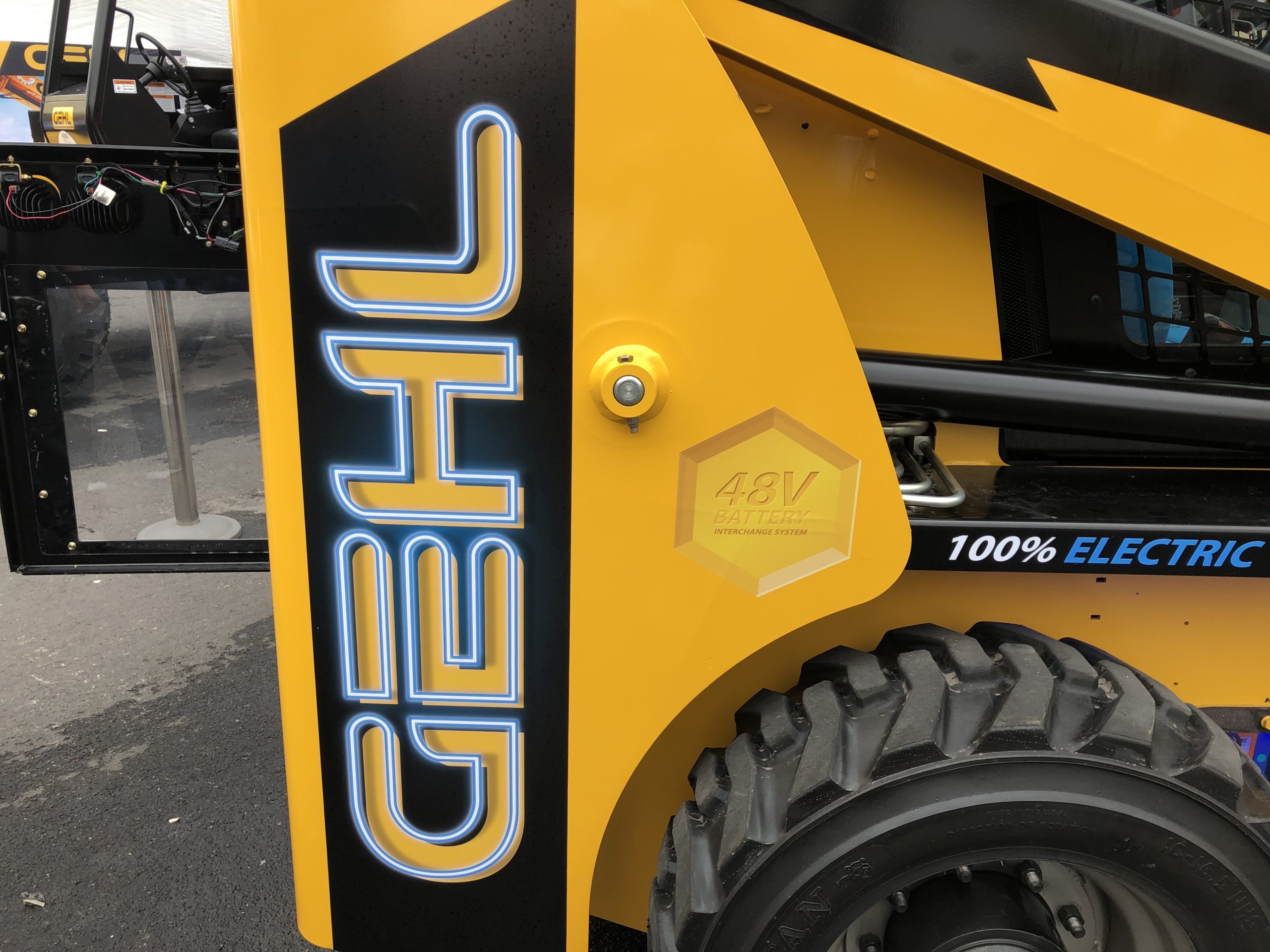
100% Electric Forklift concept vehicle by Gehl powered by 12 lithium ion batteries.

2020-03-10





100% Electric Forklift concept vehicle by Gehl powered by 12 lithium ion batteries.

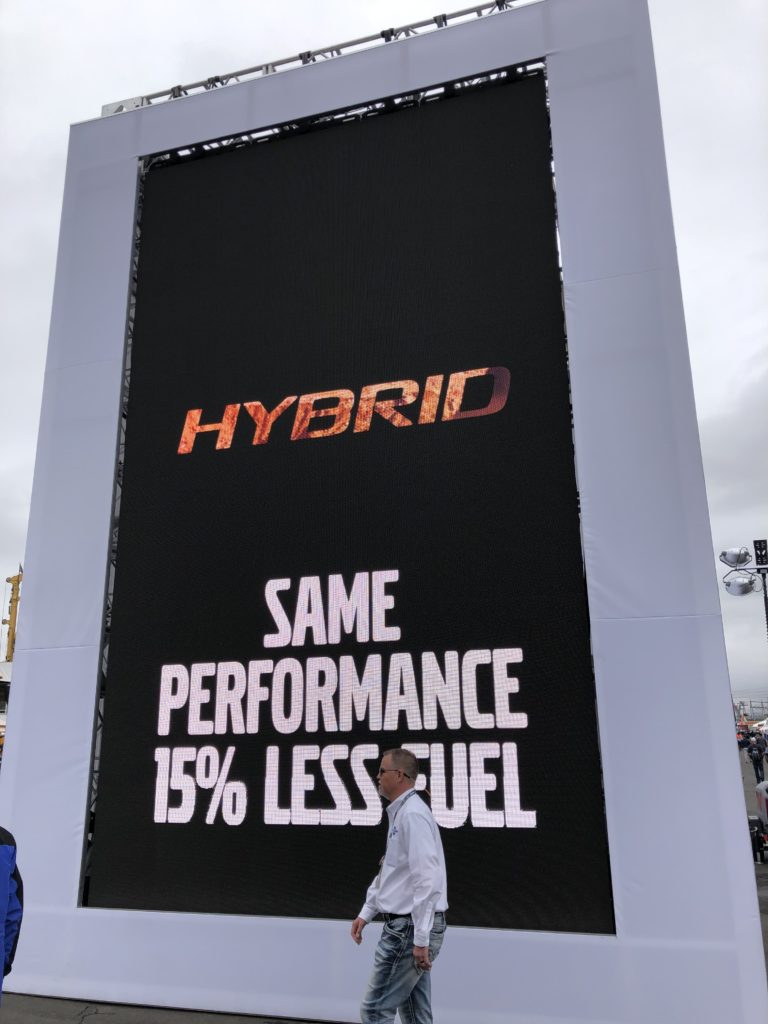


MOSCOW–The Moscow Boat Show conducted here March 5-9 in the Crocus City Expo center occupied two exhibition halls with total square of 19,000 sq.m., but it was much different in several ways than previous shows.

The number of boats shown was 30% less than during last year’s event. And the organizers of the show left a lot of empty space even in the dedicated halls. This looked strange because often there were only narrow passages between boats.
Surprisingly, more than 50% of the boats at the fair were produced domestically. Jeanneau, Beneteau and some other brands were also here, brought by a local dealer, but in smaller sizes and numbers than last year’s show. Some EU and Turkish shipyards exhibited at the fair, but did not bring anything besides marketing materials.
2020-02-26
(ST. PAUL, Minn., USA) – Our team members in China face daily challenges as they navigate the myriad regulations and safety measures implemented by local authorities and the national government attempting to control the spread of coronavirus (COVID19).
Confinement to home is the hardest part. Schools have yet to re-open after the Spring Festival holiday. Special IDs proving one is a local resident must be presented when going outside. Store visits are restricted to one person per household every two to five days, depending on your location.
2020-02-25
This article initially appeared in the February 2020 issue of PowerTALK ™ News.
Foton says it will start producing Trucks in Guaíba-RS, in the facility formerly designated for his own factory. However, the production will be handled by GEFCO under a manufacturing contract, with parts imported from China. Previously, Foton assembled its trucks at the Agrale plant, also in Rio Grande do Sul state, to meet commitments made under government incentive programs. The number of models built here is likely to increase during the year, but no details have been disclosed.

Source: Automotive Business Read The Article
PSR Analysis: At the same time Foton works on local production, it is working on adding about 50 dealers from Ford Trucks, which closed its operations in Brazil, to eliminate one of the biggest gaps to increase sales. The other gaps, such as reliability perception and spare parts availability, will take longer to be addressed, but we can see growth in sales and production of the Chinese OEM in Brazil, given more positive market conditions. PSR
Fabio Ferraresi is Director-Business Development SA
This is the estimate by Power Systems Research of the number of Wheel Loaders to be produced in the United States in 2020.

This information comes from industry interviews and from two proprietary databases maintained by Power Systems Research: EnginLink™ , which provides information on engines, and OE Link™, a database of equipment manufacturers.
Market Share: With combined plant totals of 47%, Caterpillar leads in production of Wheel Loaders/Dozers in the United States. In second position is Deere with 22%. Third, is Case New Holland with 8%.
This article initially appeared in the February 2020 issue of PowerTALK News.
SUMMARY. The North American economy remained stable in 2019 and pure economic conditions as well as fundamentals in the region were favorable. Most industries performed very well, and the short-term outlook remains stable to flat for most market segments. However, we see many new developments that could suggest a shift in the trend.

Consumer confidence declined slightly in December, following a moderate increase in November. The Conference Board’s Consumer Confidence Index stood at 126.5 in December, 1.4 points higher than in September 2019.
Per Lynn Franco, Senior Director of Economic Indicators at The Conference Board: “While consumers’ assessment of current conditions improved, their expectations declined, driven primarily by a softening in their short-term outlook regarding jobs and financial prospects. While the economy hasn’t shown signs of further weakening, there is little to suggest that growth, and in particular consumer spending, will gain momentum in early 2020.”
This article initially appeared in the February 2020 issue of PowerTALK News.
THAILAND–Vehicles produced in Thailand are exported to the world, including Asia, Oceania, the Middle East and Europe. However, the automobile industry is in trouble because of the double punch of the global economy slowing down due to the US-China trade friction and the spread of the new coronavirus.

Exports, which account for half of Thailand’s automobile production, where Japanese and other automakers such as Toyota and Honda have production bases, have fallen, and vehicle production turned negative for the first time in five years in 2019. In addition, the spread of the new coronavirus is catching up. It is expected that the impact on Thailand’s automobile industry will be even greater if the shutdown of factories in China and production cutoffs are prolonged and parts procurement is delayed.
Source: NHK
PSR Analysis: From about September 2019, it has been reported that many Southeast Asian automobile industries, including Thailand, have begun to slow down, but this has been attributed to a slowdown in trade due to US-China trade friction.
Today, of course, there is the same problem, but the rapid spread of COVID-19 is a new problem. Many automotive industries around the world are supported by the supply of parts from China, and a slowdown in supply could severely impact car production. Especially in Southeast Asia such as Thailand and Indonesia. PSR
Akihiro Komuro is a Research Analyst covering the Far East and Southeast Asia for Power Systems Research.
This article initially appeared in the February 2020 issue of PowerTALK News.
This truck has a very unusual design. The database of Rospatent has shown drawings of a cabless truck with an electric motor. The patent owner is KAMAZ. The truck has a very unusual appearance because it doesn’t have a cabin – it’s a box on wheels with low clearance, and it features round head and rear lights, and a vent grid. No details are available about the motor, except that it’s electric.

The truck looks somewhat like the Volvo Vera truck.
Last year, KAMAZ started testing a driverless truck developed for coal transportation in one of Kuzbass mines. It is equipped with cruise-control and a system for bypassing obstacles and making lane changes.
PSR Analysis: The future is next door. Of course, it’s a long way from the patent to the working vehicle, but the trend is clear. KAMAZ has concentrated technologies for creation of a driverless electric truck and has patented them. PSR
This article initially appeared in the February 2020 issue of PowerTALK News.
Opel is back in Russia, and the company appears to be betting the Russian market can provide a significant opportunity for business diversification.

In 2019, company sales declined as the business was reorganized, and Opel cut its model portfolio.
According to reports, 96% of Opel sales are concentrated in Europe. This fact has determined a focus point for sales increase. In 2022, Opel expects to be in 20 new export markets. After 20 years of financial losses, the very first year within the Peugeot SA structure was quite profitable for Opel (plus 859 million Euro for 2018).
Meanwhile, the Russian PSA plant in Kaluga has begun final preparations for production of Zafira Life and Vivaro minivans.
PSR Analysis: It appears that Opel has decided to start with minivans in the Russian market, and it is targeting the LCV niche where the chances for success are better than in passenger cars. While individual consumer demand is declining for LCVs, the companies making the vehicles locally can receive State and municipal orders for vehicles.
Last year, the State placed big orders for ambulances and school buses, sharing the orders between the GAZ Group and other local OEMs. At the same time, new models of passenger cars produced abroad, like Opel Crossland X, did not post good sales in the Russian market. PSR
Maxim Sakov is a Market Consultant in Russia for Power Systems Research
This article initially appeared in the February 2020 issue of PowerTALK News.
Source: Business Today Read The Article

PSR Analysis: The Indian Automotive Industry was largely left disappointed with the budget after no direct steps were taken to arrest the decline in automotive sales. Although keeping long term benefits in mind, the budget did introduce measures to boost the rural economy, which in turn will directly benefit the commercial vehicle industry which is an important driver for the economy.